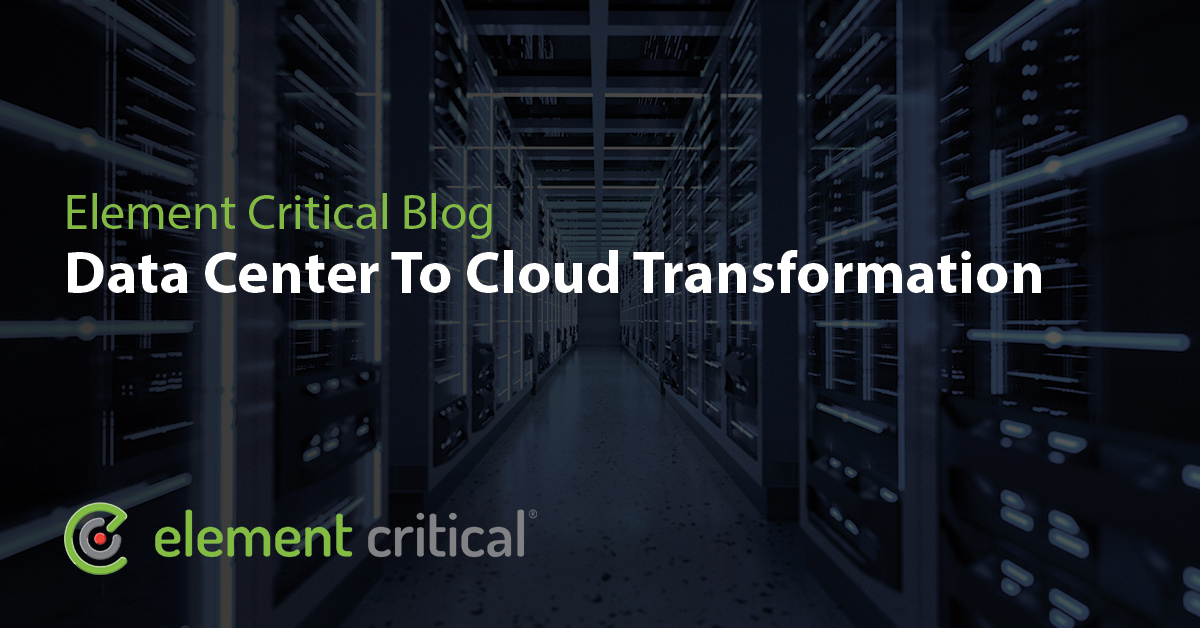The Evolution of Data Centers

The Foundation of Our Digital Lives
If you’re reading this, you’re accessing the cloud. In fact, many of us are reliant upon cloud computing and data storage without giving it much thought. Our email service providers store our conversations to lessen memory usage on our personal devices. Smartphone applications efficiently transact bank payments through encrypted channels. Now, often when supermarket shopping is processed online, virtual carts hold the suggestions of our future purchases, even when we are too distracted to remember what was on our list. All of this means businesses are required to process immense amounts of data daily in order to run their fundamental operations. And while this is becoming a fact of life, the “cloud” is often merely an obscure reference to “the vastness of the internet.” Instead, the opposite is true. The cloud to which we refer is a data center, and the computer systems within this physical building power the networks that keep us connected, working, innovating, and entertained.
The Birth of Data Centers as Centralized Computer Rooms
Data centers were born in the 40s. Huge computer rooms contained complex computer systems, centralized in a single location. This was because, after the invention of the computer, a single data center might have supported what were essentially “supercomputers,” in order to collect, store, process, and distribute large amounts of data. Connecting the individual machines and components required organized cabling systems, and ultimately new forms of racks and cages were devised to mount the equipment. Introducing a specialized cooling environment solved for the considerable power needed to run a single mainframe computer and reduced the risk of over-heating equipment. Within a few decades, a designed server room with space to properly house, run, and maintain IT equipment led to the term “data center.”
Data Center Components Get Smaller
The introduction of the much smaller personal computer, the publicly available Internet, and subsequent miniaturization technologies have given us the ability to transfer information quicker and more efficiently than at any other time in human history. As such, our demand for data processing at higher speeds has increased exponentially. Data centers placed worldwide enable us to send and share data as utilization grows and technology develops, by providing strategically dispersed hubs of data processing and storage. More importantly, connecting a server-ecosystem in a data center to both local and global communication networks has allowed people to access the information remotely. Highly concentrated servers can run our email, instant messaging services, cloud storage applications, and transactional e-commerce solutions. Data Center servers power online gaming communities, support our social media framework, and allow technology and business processes to flourish.
Just about every individual, business, and government entity utilizes the “cloud” and either requires their own data center or access to someone else’s data center. And although we can hardly function without our smartphones, laptops, and smart devices, many of us rarely consider the “cloud,” making the rapid transfer of data and immense storage possible.
To learn more about our data centers in Silicon Valley, Chicago, and Northern Virginia, send us a note at [email protected].
 Nisa Hunt | Element Critical | CDCP Certified
Nisa Hunt | Element Critical | CDCP Certified
